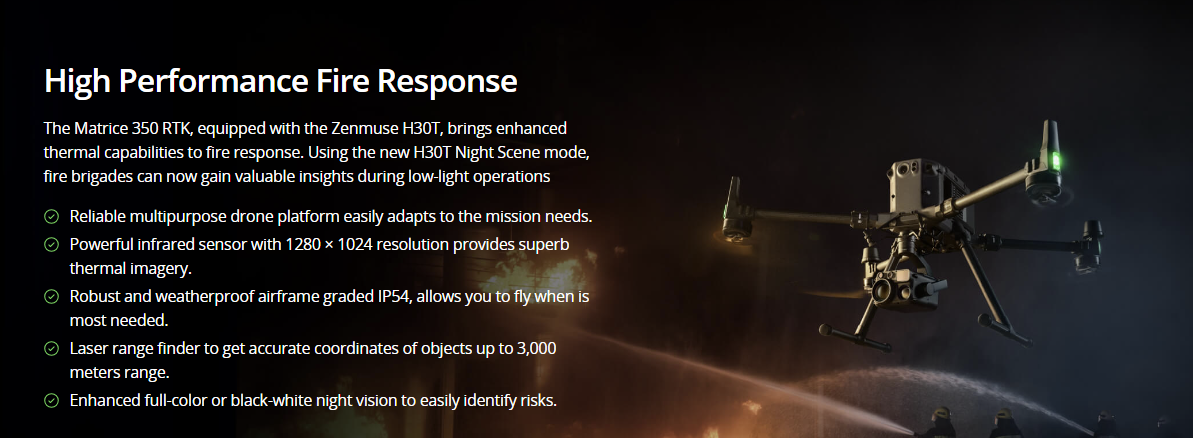Painpoints
- Firefighters often have little information about the complexity of the situation before entering a structure.
- Information exchange between fire brigades is often inefficient, hindering the effectiveness of the fire response and the chances of early mitigation.
- Main fire sources might be hidden under debris, smoke, or flames, making it difficult to identify and extinguish them.




